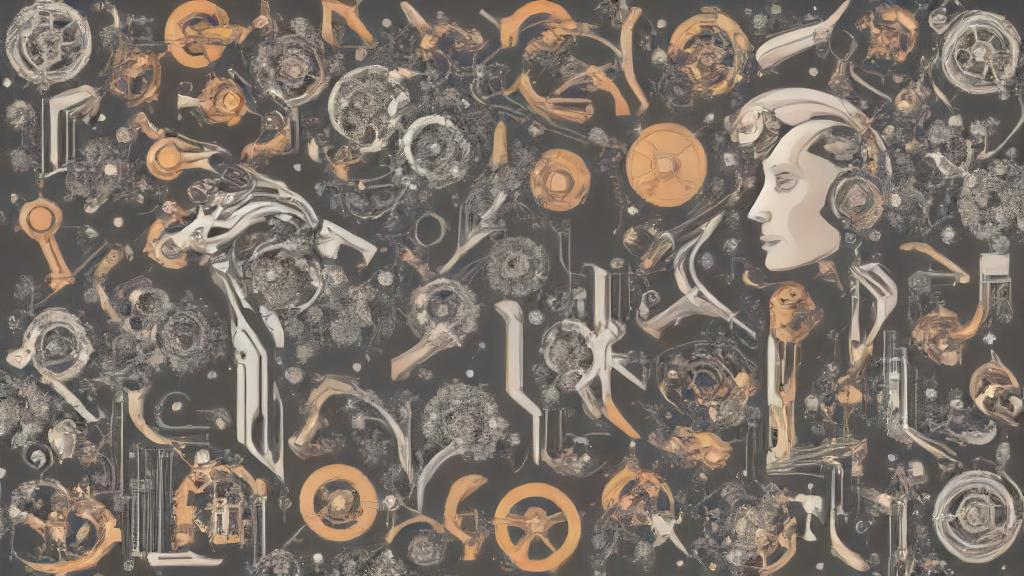Benefits of using Generative AI in Graphics Design

Consider a graphic design agency tasked with creating a series of marketing materials for a client’s upcoming product launch. Traditionally, designers would manually sketch concepts, iterate on designs based on client feedback, and finalize the artwork. This process is time-consuming and may not always yield the most innovative or effective designs.
Now, let’s introduce generative AI into the equation. The agency utilizes a generative AI tool specifically designed for graphic design tasks. Here’s how it works:
- Input Parameters: The designers input parameters such as target audience, brand guidelines, and key messaging into the generative AI tool.
- Exploration of Design Space: The AI algorithm explores a vast design space, generating multiple design variations based on the input parameters. It considers factors such as color schemes, typography, layout, and imagery.
- Iteration and Refinement: Designers review the generated designs and provide feedback to the AI algorithm. They can select promising designs as starting points and provide guidance on modifications and refinements.
- Generation of Optimized Solutions: The AI algorithm incorporates feedback from designers and continues to generate new design iterations, gradually converging on optimized solutions that align with the client’s requirements and objectives.
- Finalization and Delivery: Once the desired design is selected, designers finalize the artwork, making any additional tweaks or adjustments as necessary. The completed designs are then delivered to the client for approval and use in marketing campaigns.
Benefits:
- Accelerated Design Process: By leveraging generative AI, the graphic design agency significantly accelerates the design process. Instead of starting from scratch with each design iteration, designers can explore a wide range of design possibilities generated by the AI algorithm, saving time and effort.
- Innovative Solutions: Generative AI enables designers to discover innovative design concepts that they may not have considered otherwise. The AI algorithm explores unconventional design approaches and generates novel solutions, pushing the boundaries of creativity.
- Customization and Personalization: The AI-generated designs can be customized and tailored to specific audience demographics, preferences, and marketing objectives. This level of personalization enhances the effectiveness of the marketing materials and resonates more strongly with the target audience.
- Cost Savings: By streamlining the design process and reducing the need for manual labor, the graphic design agency realizes cost savings. They can allocate resources more efficiently and deliver high-quality designs to clients at a competitive price point.
- Client Satisfaction: The ability to rapidly generate and iterate on design concepts increases client satisfaction. Clients appreciate the agency’s responsiveness and the ability to see multiple design options quickly, enabling them to make informed decisions about their marketing collateral.
In this example, we see how generative AI transforms the graphic design process, driving efficiency, creativity, and client satisfaction. Similar applications of generative AI can be found across various domains, showcasing its versatility and transformative potential.
